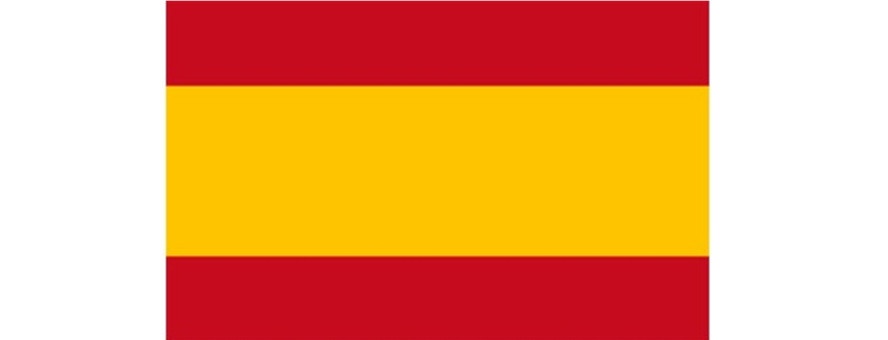The Spanish government implements four phases for de-escalating the confinement measures until June
The President of the Government, Pedro Sánchez, presented last Tuesday the de-escalation plan after the approval by the Council of Ministers. The Spanish population has been waiting for this plan after more than six weeks of confinement due to the coronavirus pandemic. The plan will consist in four phases, with a period of 15 days between each phase, as long as “the evolution of the pandemic continues to be favorable and under constant evaluation by the corresponding institutions“.
The president stated that “the phases will last a minimum of two weeks because this is the average incubation time of Covid-19. In this way, we can make decisions based on the effects that each phase has had on each territory”. President Sánchez also confirmed that mobility between provinces and islands will continue to be restricted to the ones contemplated in the state of alarm decree.
The progress between phases will be determined by objective criteria based on parameters that will show the disposition of each province: healthcare capacity, both in primary care and hospital care, and in the number of ICU beds in each of the territories. It will also be taken into account the epidemiological situation in each area, with diagnoses and identification of the pandemic; implementation of joint protection measures in public spaces, and mobility and socioeconomic data.
Phase 0:
The phase zero, which is the first phase, has already begun. It is about preparing the transition to deconfinement and the start of “relief” measures such as the one allowing minors to go out last Sunday or the possibility of outdoor sports and small walks from May 2nd onwards.
In addition, “small activities” of economic nature will be allowed by appointment. For example, restaurants with home delivery service can open but there will be no consumption possible inside. The preparation of all public spaces will also be intensified, with appropriate signalization of protective and hygienic measures, and the training of professional athletes will be allowed.
Even though “the back-to-normal measures are gradual and coordinated”, they will also be asymmetrical according to the particular situation of each province. Therefore, all the territories are expected to be in phase zero on May 4th. However, Formentera, La Gomera, El Hierro and La Graciosa islands “due to their favorable evolution”, will start phase one on the same day.
Phase 1:
President Sanchez points out that from May 11th onward all provinces will start phase one and, from then on, the evaluation will be individual and every two weeks. “We will implement the phases at different speeds, and we will not go to the next phase until we have consolidated the previous one”, explained president Sánchez as he remarked that each territory will have its own rhythm.
This period will be characterized by the fact that in each province, some small commercial activities will begin. This will not be the case for large shopping centers or commercial parks. In the tourism sector, for example, the opening of terraces will only be at 30% of its capacity. Additionally, hotels will return to operate excluding common areas.
This phase will also include preferential hours for the elderly (over-65) in some premises, as well as a one-third occupancy rate regulations in places of worship for religious events. The use of masks will be highly recommended in the public transport.
Phase 2:
If phase one is properly conducted and no further outbreaks occur, phase two will begin with the opening of premises to one-third of its total capacity. Schools will also open to all those families with children under six years of age so that they can attend to their educational centers while their parents are working. Hunting and sport fishing will be once again allowed and cinemas and theaters will open with one-third of their capacity operational and assigned seats.
Exhibitions and monuments may be visited again, and cultural shows with less than 50 people will be allowed as limited capacity. In the case of events in public spaces, the total number of attendees may be 400, provided that they are seated.
Phase 3:
Phase three, which will be the most advanced and the last before resuming normal life, will only come if all the required parameters are met. During this period, mobility will be more flexible but with the recommendation of the use of masks in public spaces and transportation. Furthermore, in touristic sector, the measures will be softened, but it will be necessary to continue taking into consideration the measures of social-distancing and hygiene.
“The social restrictions will end, but the hygiene measures will have to be maintained. It must be this way until a vaccine to cure the coronavirus is found“, said president Sánchez. He also pointed out that mobility between provinces can only be resumed when the ‘new normal’ has been reached, not before, especially if we consider that there may be territories in different phases.
If everything happens as the Government expects, the last phase could be finished in a six-week time. In that case, June 22nd could be the date of the total ‘new normality’ in Spain. In the worst-case scenario, if the evolution does not go as expected in some territories, the de-escalation will last up to eight weeks and the final date of de-escalation could be June 29th.
Source: Elconfidencial.com


